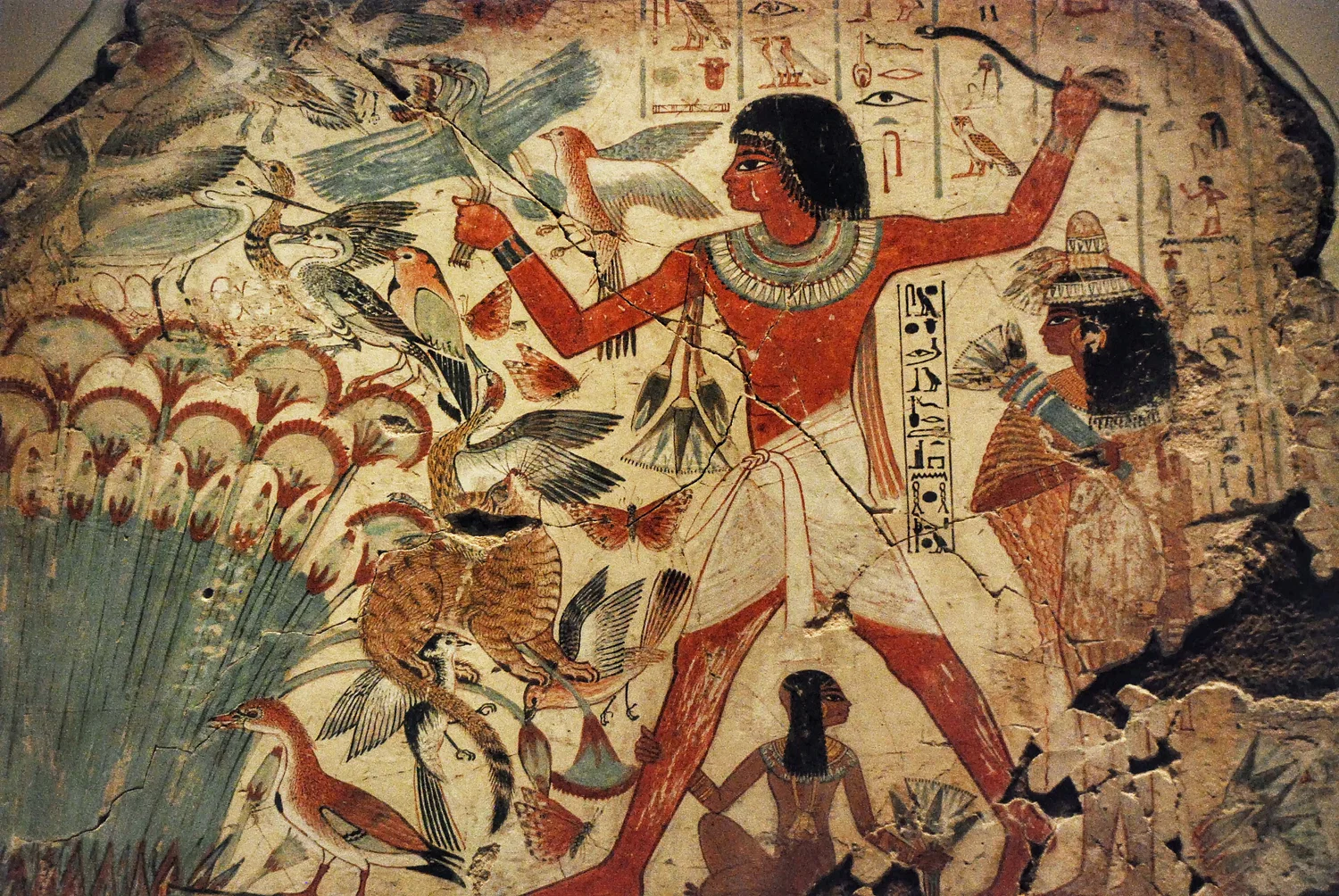Name: Paul
Place of Origin: Rome
More Info
Paul was a free born Hebrew, born in Rome, and he had Roman citizenship. This is an important detail because not every Hebrew in Rome had citizenship status. Many were slaves and second class non citizens. After being arrested, it is during a conversation with the chief captain that we learn of Paul’s ability to speak Greek and that he looked like an Egyptian in appearance, even though he was a Roman citizen.
“And as Paul was to be led into the castle, he said unto the chief captain, May I speak unto thee? Who said, Canst thou speak Greek?” – Acts 21:37
Just by looking at Paul, the chief captain questioned whether or not Paul could speak Greek. He came to that conclusion based on Paul’s appearance which we see mentioned in the following verse:
“Art not thou that Egyptian, which before these days madest an uproar, and leddest out into the wilderness four thousand men that were murderers?” – Acts 21:38
Paul responds with an explanation of his background. :
“But Paul said, I am a man which am a Jew of Tarsus, a city in Cilicia, a citizen of no mean city: and, I beseech thee, suffer me to speak unto the people.” – Acts 21:39
Paul had to explain that he was a Jew and not an Egyptian. This reinforces the fact that Jews and Egyptians were indistinguishable by skin color.1 Paul then begins to speak to the crowd in Hebrew (Acts 21:40), but the chief captain suggests beating him to learn why the crowd was against him.
“The chief captain commanded him to be brought into the castle, and bade that he should be examined by scourging; that he might know wherefore they cried so against him. And as they bound him with thongs, Paul said unto the centurion that stood by, Is it lawful for you to scourge a man that is a Roman, and uncondemned?” – Acts 22:24-25
The chief captain assumed that Paul was not a Roman citizen because of his Egyptian like appearance, and give the command to beat Paul without him being convicted of a crime. Paul knew the Roman law and mentioned it to the centurion.
“When the centurion heard that, he went and told the chief captain, saying, Take heed what thou doest: for this man is a Roman. Then the chief captain came, and said unto him, Tell me, art thou a Roman? He said, Yea. And the chief captain answered, With a great sum obtained I this freedom. And Paul said, But I was free born.” – Acts 22:26-28
The centurion warned his boss about his actions because Paul was a Roman citizen. The chief captain confirms Paul’s citizenship and mentions that he paid a “great” sum for his on freedom, The assumption of Paul’s inability to speak Greek, the assumption that Paul was not a Roman citizen, and the assumption that they could bind and beat him without repercussions were all made based on nothing more than the fact that Paul looked like an Egyptian.
“Then straightway they departed from him which should have examined him: and the chief captain also was afraid, after he knew that he was a Roman, and because he had bound him.” – Acts 22:29
An Apostle To The Gentiles
Thanks to lots of great researchers, accompanied by modern technology, we have maps that show Paul’s entire missionary career to the Gentiles.

Sometimes a picture really is worth a thousand words. I have a full study on the Gentiles coming soon, so make sure you subscribe so you don’t miss it. Feel free to leave your thoughts on this study by using the comments section below.
Sources
- Malan, Rev. S. C. 1873. A Short History of The Copts and Their Church. p 72-73. https://books.google.com/books?id=ybXUAAAAMAAJ ↩︎




